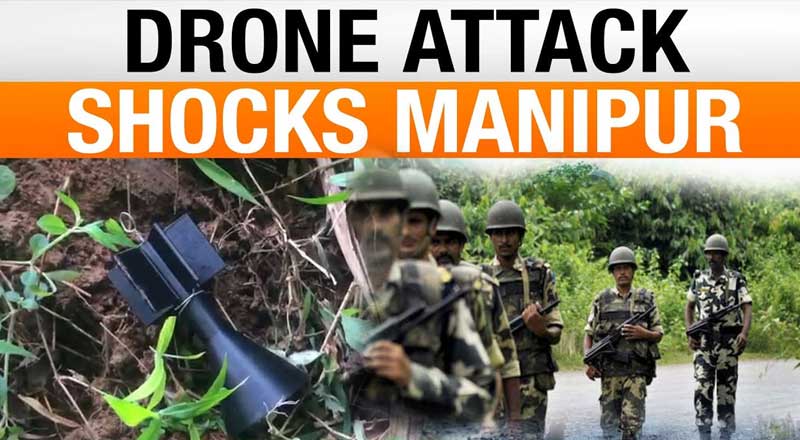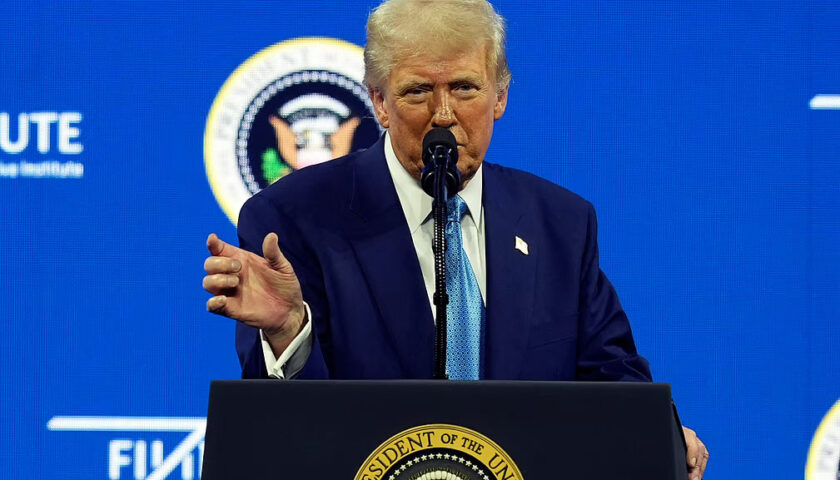The recent drone attacks in Manipur indeed highlight a significant escalation in the conflict between the Meitei and Kuki-Zo communities.
The use of hobby drones in these attacks represents a novel and concerning development in the conflict. Drones, typically used for recreational purposes, have been weaponized and employed in a manner that exacerbates the situation. This not only increases the level of violence but also introduces new technological dimensions to the conflict.
The weaponization of drones suggests the emergence of a transnational element within the conflict. This could potentially lead to the introduction of more advanced technologies and tactics, making the conflict more complex and challenging to manage.
The destruction of India Reserve Battalion bunkers and the targeting of villages indicate that the security forces are struggling to contain the situation. The paramilitary presence, which was intended to stabilize the region, seems to be insufficient in preventing these attacks. The effectiveness of these forces in restoring normalcy remains uncertain.
The attacks underscore the strategic challenges faced by both the security forces and the government. The militants’ use of drones and their ability to strike at various locations suggest a level of sophistication and coordination that complicates the security response.
The way forward involves addressing the increasing use of advanced technologies by militant groups and developing countermeasures. This includes improving intelligence, adapting security strategies, and possibly enhancing technological capabilities to counteract drone threats.
The conflict’s intensification and the introduction of new tactics have broader implications for regional stability and security. The situation requires careful management and possibly new approaches to conflict resolution and peacebuilding.
These drones are rotor-fitted quadcopters, known to be versatile UAVs generally used for photography and recreational use. It can be used to carry ordinance payload too. As per experts, such drones can drop and trigger explosives. Can weaponizing of such drones be done on the fly?
For sure no. It needs training and gaining expertise of a professional level; to create, operate and trigger and damage successfully. That the militants are able to do so is a matter of grave concern. These drones can be operated in a range of 500 metres to 5 kms and with slight modification, it can be increased to 10-15 kms. Really potent indeed!
The challenge now is to adapt to this new world of aerial assaults and to create strategies; get tools and create expertise to counter it effectively. The bigger challenge is the likely route and mode of sourcing by the militants. Security officials in the know of things say that these drones are not procured locally. That the weapons, drones and the bombs used are possibly making their way from the unmonitored India-Myanmar border.
The challenge there of different kinds given the fact that the boots on the ground are few and fencing is missing. It is certainly a one of its kind internal security challenge.
Overall, the situation in Manipur presents a complex and evolving challenge that demands a multifaceted response from the Indian government and security forces.





